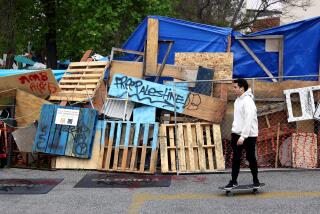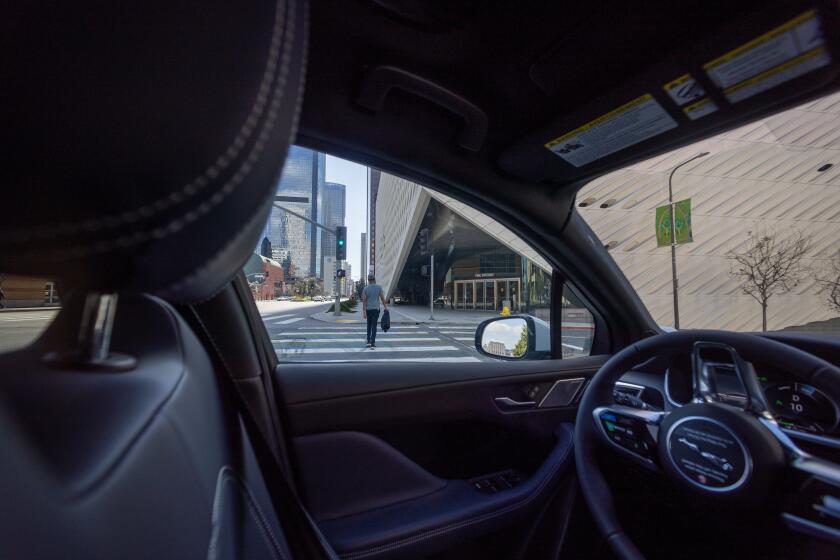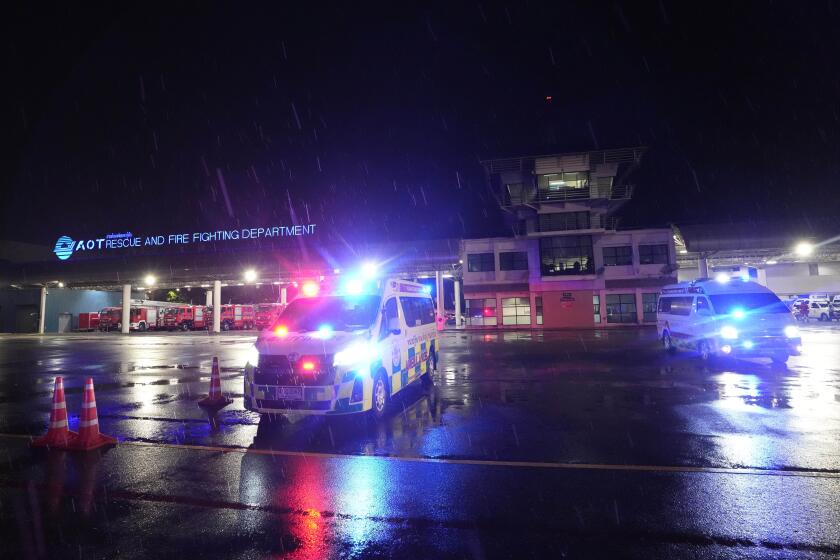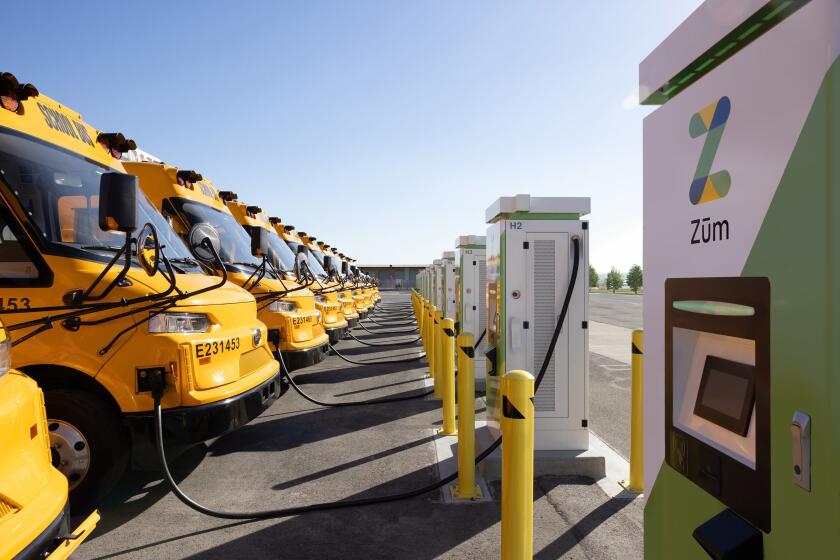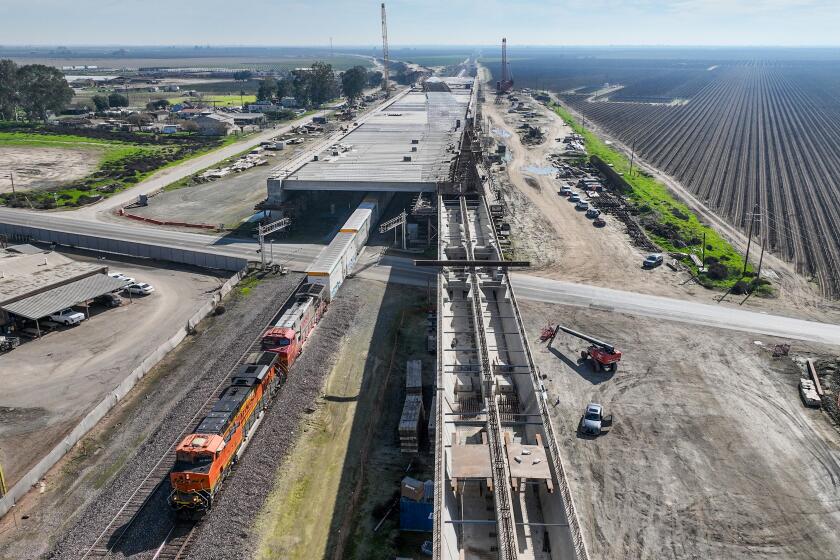OCTA Explains Why Roadwork Overlaps at Freeway Interchange
Dear Street Smart:
As a car-pooler from north Orange County to the south coast metro area, my riders and I have noted several things that have set our minds to wondering.
1. Why did Caltrans authorize work on the eastbound Riverside Freeway south of the Costa Mesa Freeway interchange before the Orange Crush work was completed? This was the only unimpeded entrance to the Costa Mesa Freeway from north Orange County, and now traffic is tied up through the Tustin Avenue on-ramp.
2. The southbound Baker Street/Paularino exit from the Costa Mesa Freeway is also an exit from the northbound Costa Mesa/San Diego freeways. Cars turning right onto Paularino must move right very quickly and cars coming off the Costa Mesa/San Diego Freeways turning left must also change lanes. It would make a much safer exit if there were three lanes, the middle for merging and turning either way.
3. There is a left turn pocket on Paularino Street to enter the northbound Costa Mesa Freeway or southbound San Diego Freeway, a continuation of the Baker Street on-ramp. Traffic often backs up because there is no signal for those turning left, and oftentimes traffic on Paularino is so heavy that no left turns are made. Would it not be sensible to put a turn signal there?
4. Will Caltrans be returning the second access lane from the eastbound Garden Grove Freeway to the southbound Santa Ana Freeway at any time in the future Santa Ana/Garden Grove/Orange interchange?
Peggy Markson
Fullerton
Caltrans spokeswoman Rose Orem and John Standiford, spokesman for the Orange County Transportation Authority, answer your questions in order.
1. The Riverside Freeway project is being funded by Measure M, the half-cent sales tax used for transportation improvements. When voters passed the measure in 1990, it was with the understanding that all projects would be completed within 20 years and the majority of freeway projects, including the Riverside Freeway project, would be completed within the first 10 years, Standiford said.
It is faster to work on a number of projects at the same time than to tackle each project one at a time, he said.
Another reason for working on the Riverside Freeway sooner rather than later is that OCTA and Caltrans wanted to take advantage of a sluggish California economy, Standiford said. Construction bids are lower and purchasing land for right-of-ways is cheaper now than during boon economic years. OCTA and Caltrans have been able to come in under budget on a number of projects for this reason, he said.
The Riverside/Costa Mesa freeways interchange is expected to be completed by March, 1994, Orem said. Work on the Orange Crush (the Santa Ana/Garden Grove/Orange freeway interchange) is expected to be completed by December, 1995.
2. Your suggestion to add a third lane to the Baker Street exit from the southbound Costa Mesa Freeway and from northbound San Diego Freeway has been reviewed by Caltrans’ traffic operations department. They concluded there was no need to change the intersection, but they will monitor it, Orem said.
3. Before Caltrans will consider installing a signal, it studies the site, including accidents in the past three years, traffic volumes and randomly measured delays, Orem said. On the strength of your letter, Caltrans will conduct a study at this location, she said.
4. The connecting ramp from the eastbound Garden Grove Freeway to the southbound Santa Ana Freeway reopened recently after a two-year closure for roadwork, Orem said. The work was part of a $75 million improvement project in the county’s busiest interchange.
The new ramp is eight feet wider, with two 12-foot lanes and a 15-foot shoulder that meets new state standards, Orem said. It is five feet west of the old ramp to make room for widening on the Santa Ana Freeway.
More to Read
Start your day right
Sign up for Essential California for news, features and recommendations from the L.A. Times and beyond in your inbox six days a week.
You may occasionally receive promotional content from the Los Angeles Times.


